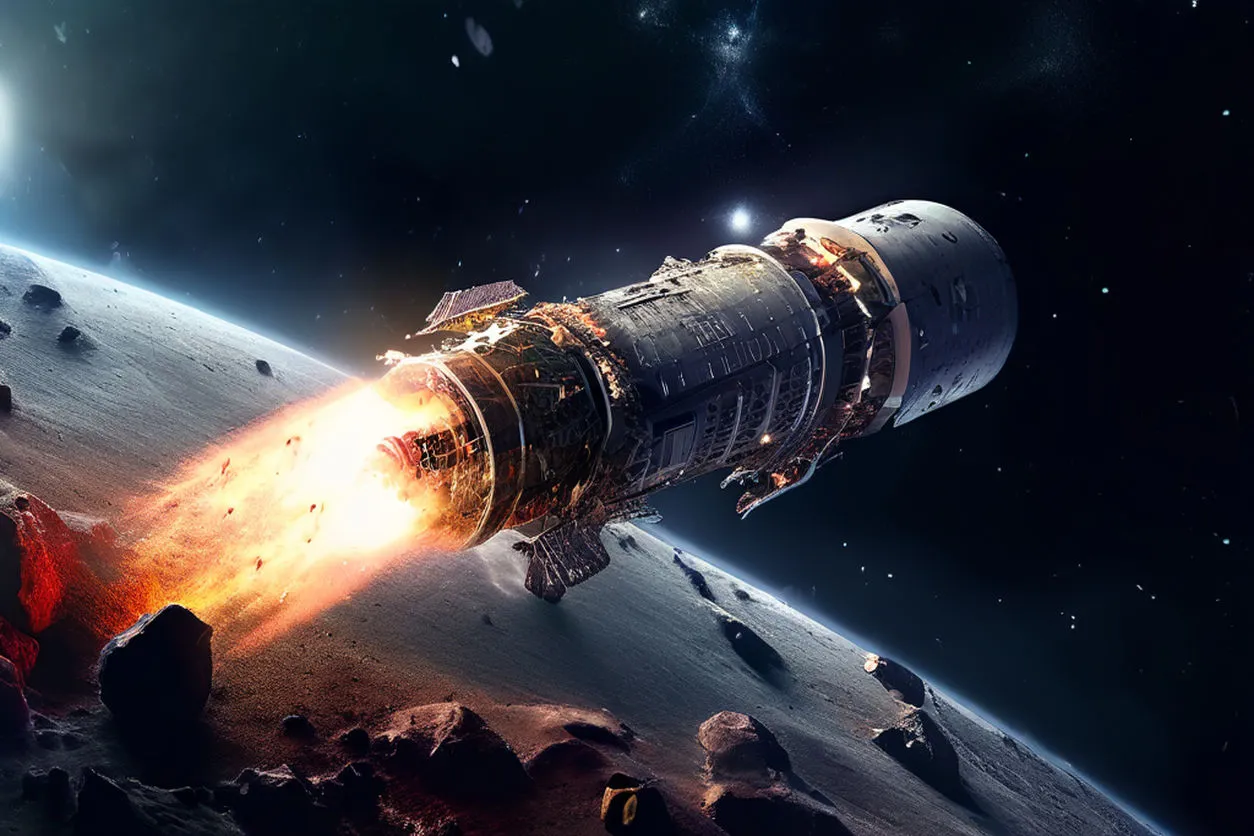Using a comet to transport a probe

Can you imagine a comet that is interstellar, that we know its orbit and its characteristics, a probe or an observatory could be mounted on a comet, it would be like having a spaceship but that does not need fuel and will also travel very far.

In short, a comet is a battlefield, a ship could be destroyed or end up thrown into space simply because it does not have a firm point to hold on to; The second problem is that where the Comet is going there is no solar energy so the only source of energy available would be an atomic battery, it is the only thing we have right now, such as those that give energy to the latest rovers that NASA has. on Mars and those batteries end up running out after several decades.
The images without reference were created with AI
Thank you for visiting my blog. If you like posts about #science, #planet, #politics, #rights #crypto, #traveling and discovering secrets and beauties of the #universe, feel free to Follow me as these are the topics I write about the most. Have a wonderful day and stay on this great platform :) :)